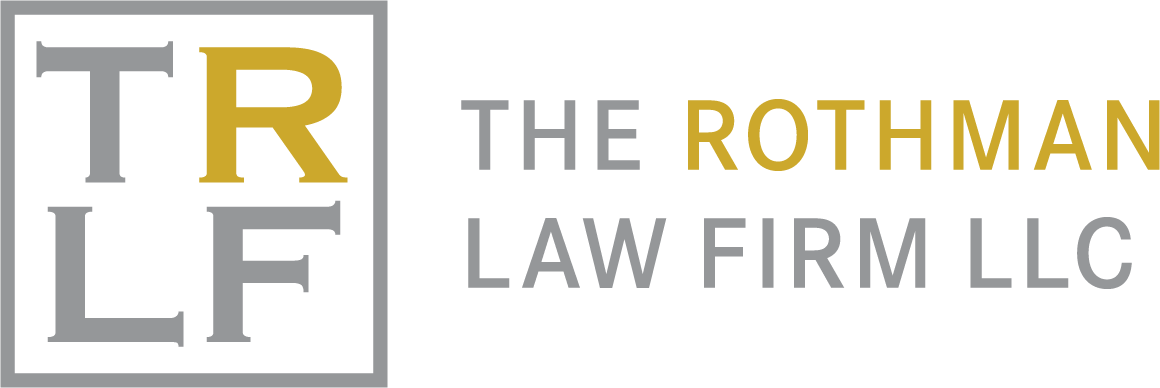Conducting Research for a Motion
A motion in the legal context is when a party to a lawsuit asks the court for some kind of relief. Usually, a motion requires that parties convey their arguments in writing, and parties also sometimes have the opportunity to discuss their points at oral argument. While writing papers related to a motion, parties must support their arguments with legal authorities and facts in order to best persuade a judge. During the process of conducting research for a motion, lawyers and self-represented parties need to focus on several different types of authorities.
Court Rules
An important thing to look at when conducting research for a motion is the court rules governing a given lawsuit. Each jurisdiction has its own rules of procedure that controls how parties need to conduct themselves before the court. In addition, some judges also have individual practices which govern how that particular judges hears matters. Parties need to carefully investigate court rules, since they could include particularities about when a motion needs to be submitted to a court, standards for various different types of motion, and other matters. Judges often like to deny motions on the least restrictive basis possible, and parties can avoid having their motion denied by researching the procedural rules of the jurisdiction in which a lawsuit has been filed. Court rules are usually accessible through search engines, and court rules on a given topic are usually grouped together, so parties have an easier time reviewing the rules.
Statutes
Statutes are another legal authority that should be conferred when conducting research for a motion. Statutes may discuss procedural requirements for making certain types of motions and claims in litigation. For instance, statutes may provide that parties need to serve an affidavit conveying the merit of a cause of action in certain cases, and may also govern when affidavits are valid, among other matters.
Statutes are perhaps more important when addressing substantive matters in a case. Indeed, many causes of action in litigation are based on statutes, and statutes may convey the elements needed to sufficiently plead a cause of action and whether this has been done in a given matter. Statutes, like court rules, are often relatively accessible through search engines, and parties should make sure they are reviewing the most recent statutes available when conducting research for a motion.
Cases
Perhaps the most important legal authorities to review when conducting research for a motion are past cases decided in the jurisdiction in which a matter is pending. When supporting points in a motion, parties oftentimes wish to cite to past situations where a court decided a similar situation in a way that would favor the party in their dispute. Moreover, sometimes standards that courts follow are not established by court rules or statutes. Rather, judges sometimes create tests and rules during past cases, and these determinations may be useful when making a motion.
Some past cases of courts can be found using publicly available search engines. However, parties oftentimes need to use subscription databases in order to search for cases that may be relevant to their situation. In addition, only some types of cases are binding on a court when making determinations and some are persuasive. Generally, the determination of a higher court in the jurisdiction in which a case is pending is binding on a lower court, but there are exceptions to this rule. Parties should consult with an experienced litigation attorney in the jurisdiction in which a case is filed to make sure that the appropriate cases are cited in a motion so that the motion has the best possible chance at being successful.
Facts of the Case
Once the law relevant to a matter is investigated, when conducting research for a motion, it is important to carefully review all of the facts related to a matter. After discovering the standards and tests that must be satisfied to win a motion in court, parties need to see if they can allege facts to satisfy such standards. Normally the facts of a case are uncovered during discovery, the process during which the parties exchange documents and answer questions under oath. Sometimes, the facts of the case are revealed by nonparties, and parties to a case are generally allowed to issue subpoenas in order to discovery held by others. Nonparties can also be compelled to answer questions under oath so that the responses can be used to support arguments for a motion.
Once favorable facts are uncovered, parties need to attach the documents containing such documents to the motion so the materials can be properly reviewed by the court. In addition, parties should list the facts favorable to a party in papers submitted with a motion and cite to the parts of the documents that include such facts so a court can easily review the materials. An experienced lawyer should know how to attach materials to a motion and cite to documents so that a court can easily evaluate facts that are favorable party in litigation.
The Rothman Law Firm is experienced making all kinds of motions in lawsuits and conducting research for motions. If you are looking for an experienced New York and New Jersey litigation lawyer to handle your motion or other legal issue, please feel free to contact The Rothman Law Firm to request a free consultation.

